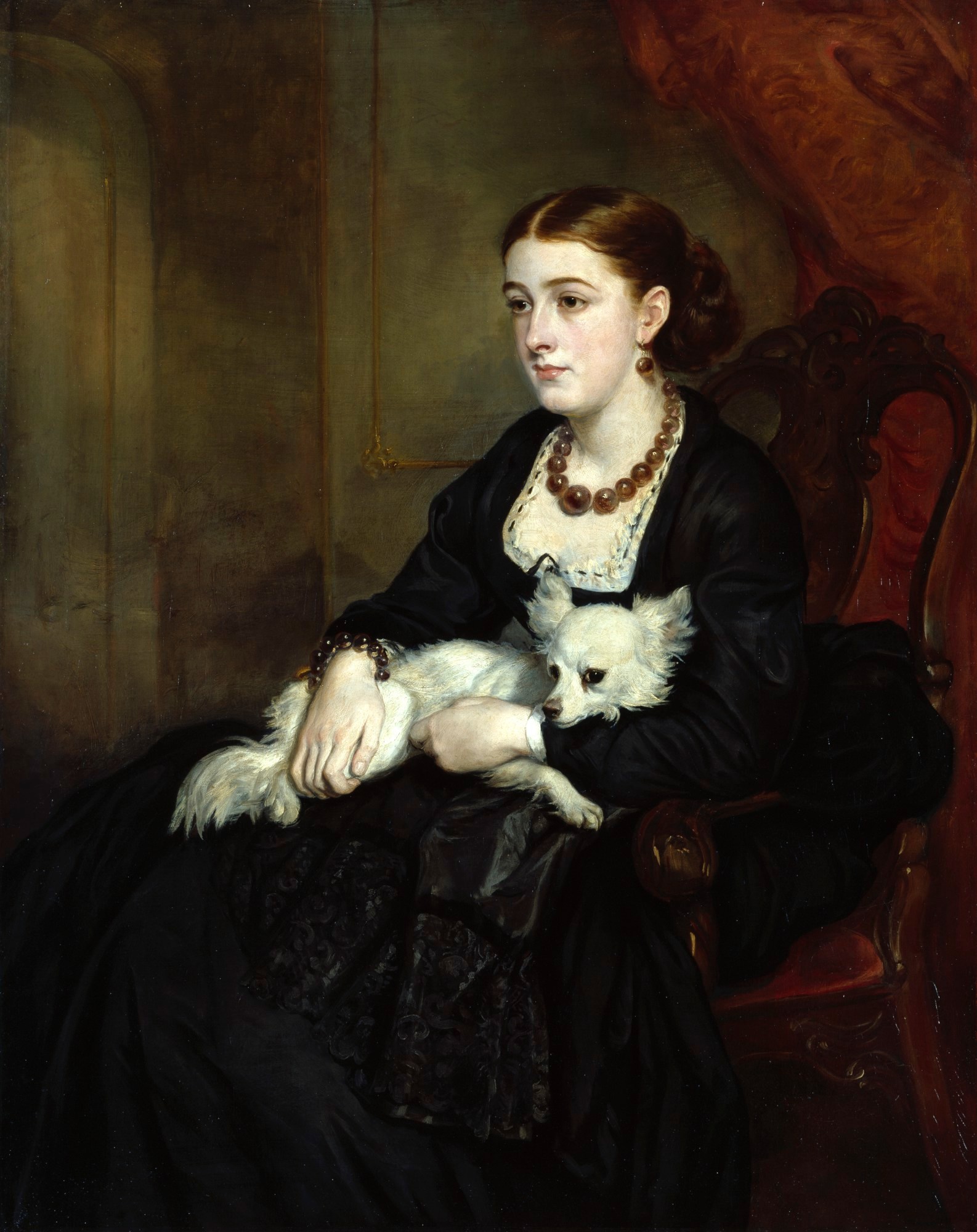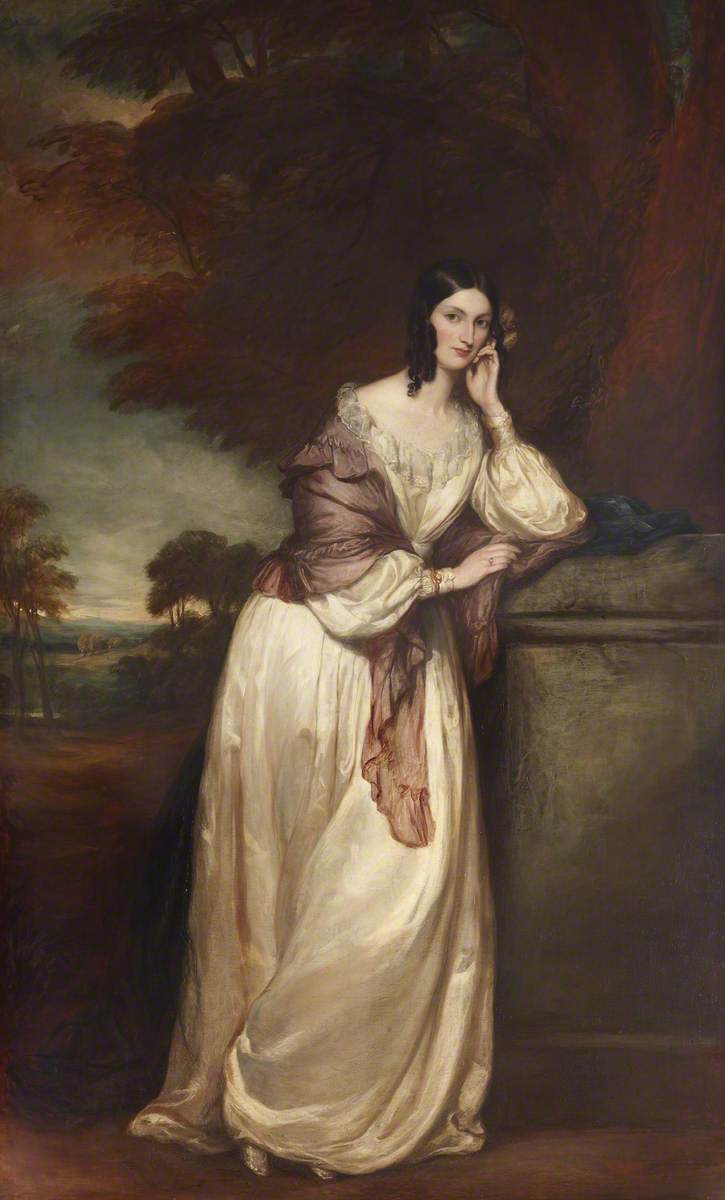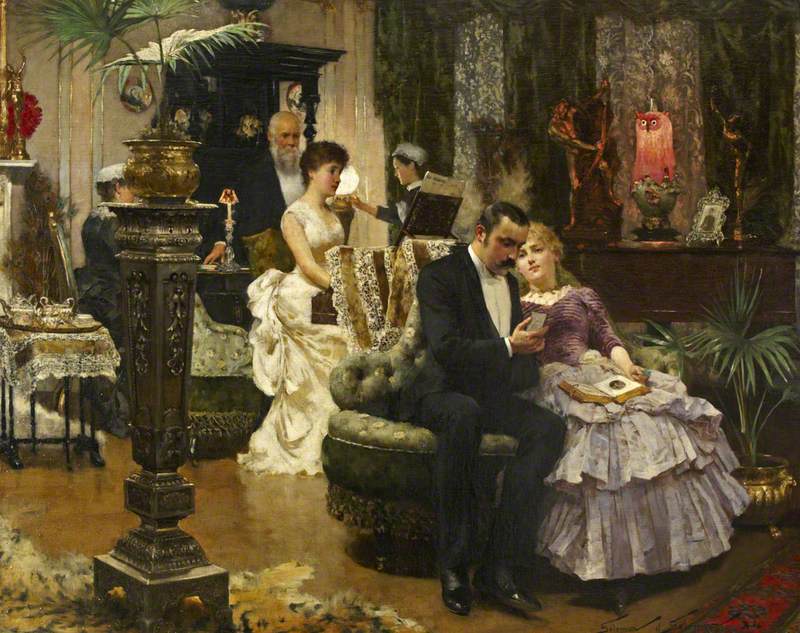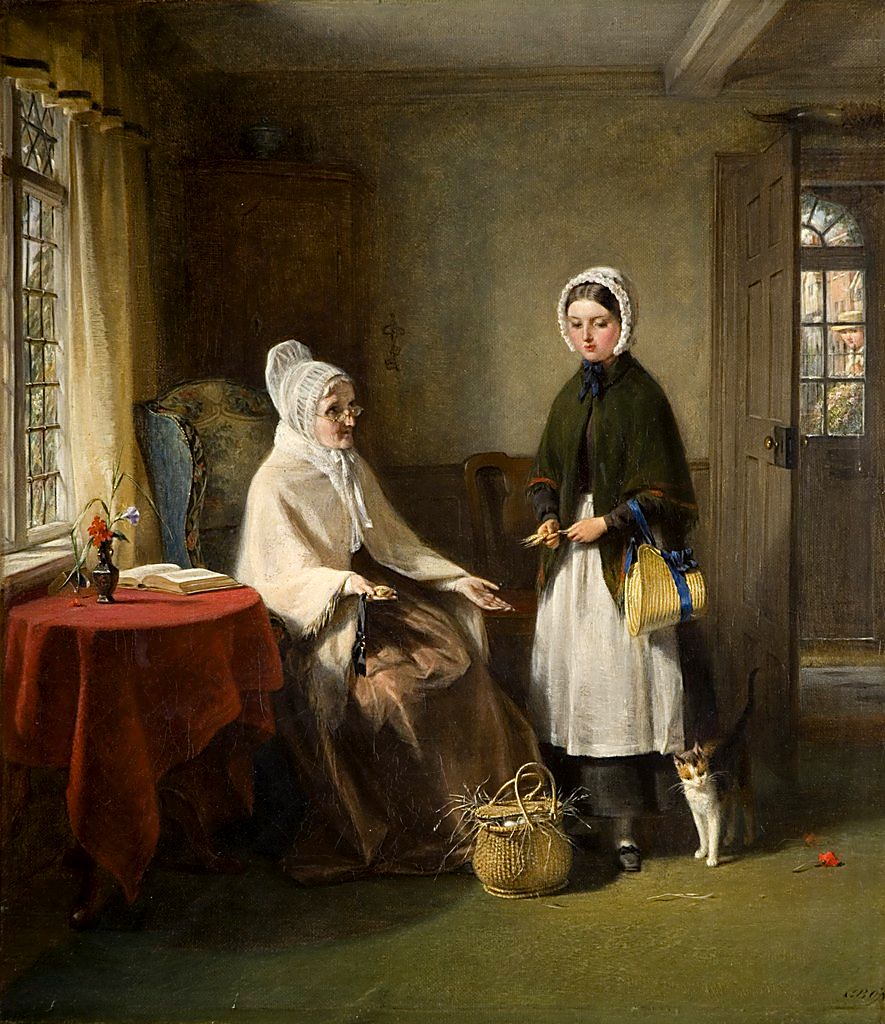Charles West Cope, Hope Deferred, and Hopes and Fears that Kindle Hope
An heiress is discovered among fisherfolk; meanwhile, a virtuous young lady is entrapped by a bad man.
Florence Marryat (1833-1899), daughter of Frederick Marryat (the most successful 19th-century novelist of nautical adventures), wrote some eighty works of fiction, beginning with this one, which vividly represents various kinds of emotional torment.
“Without the aid of any very ingenious plot, Miss Marryat has succeeded in producing an exceedingly good novel. We give no slight praise when we say that it possesses the rare combination of unflagging interest . . . great descriptive power, and an influence . . . altogether good. . . . The very simple secret of the interest that pervades ‘Love’s Conflict’ consists in a very difficult achievement—in the delineation of men and women who really are men and women, and do not pretend to be angels or devils.” Athenaeum, February 11, 1865
Marryat’s “forte is a hard, almost coarse, realism both of style and topic. . . . She can paint and paint strangely well the ways and attitudes, and sometimes even the emotions, of thoroughly low natures.” Spectator, February 25, 1865
The novel “has considerable merit. Miss Marryat paints the successive emotional phases through which her chief characters pass with subtlety and force.” Saturday Review, May 6, 1865
Download this week’s novel:




















